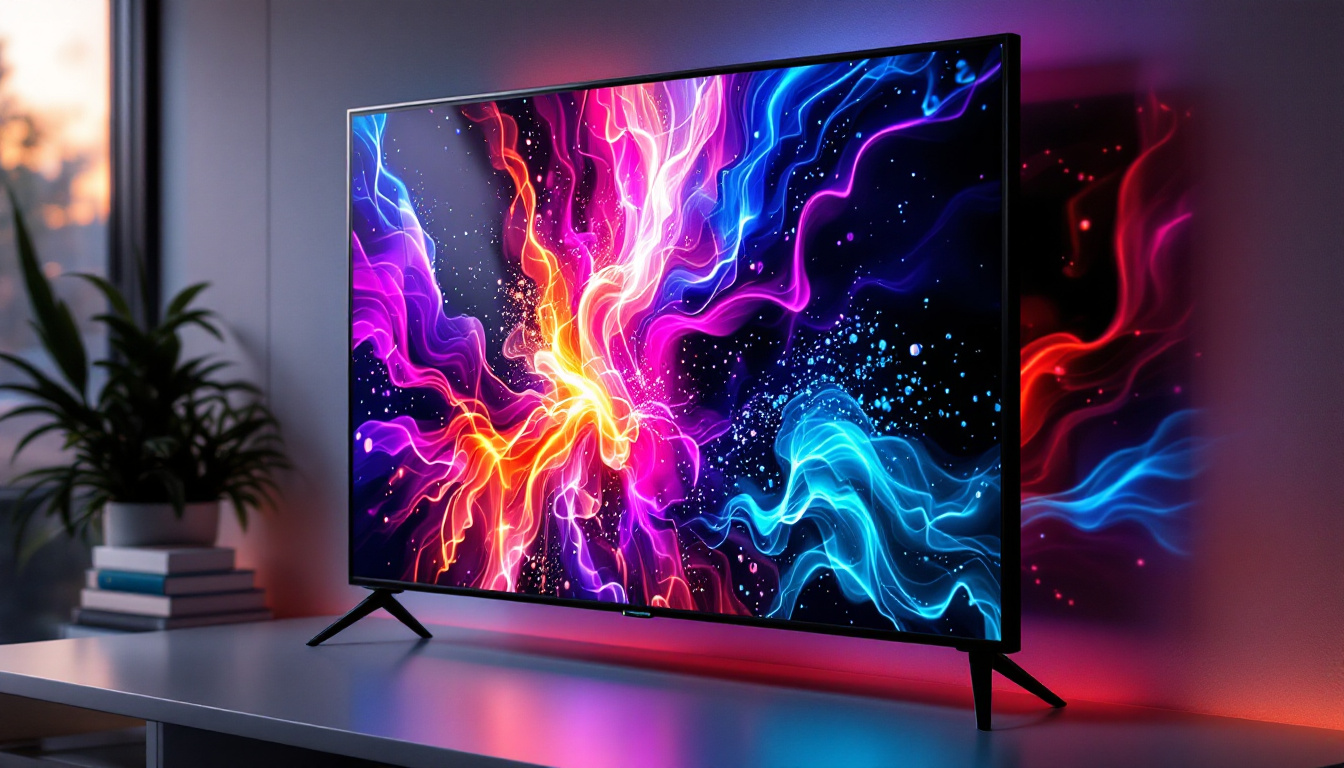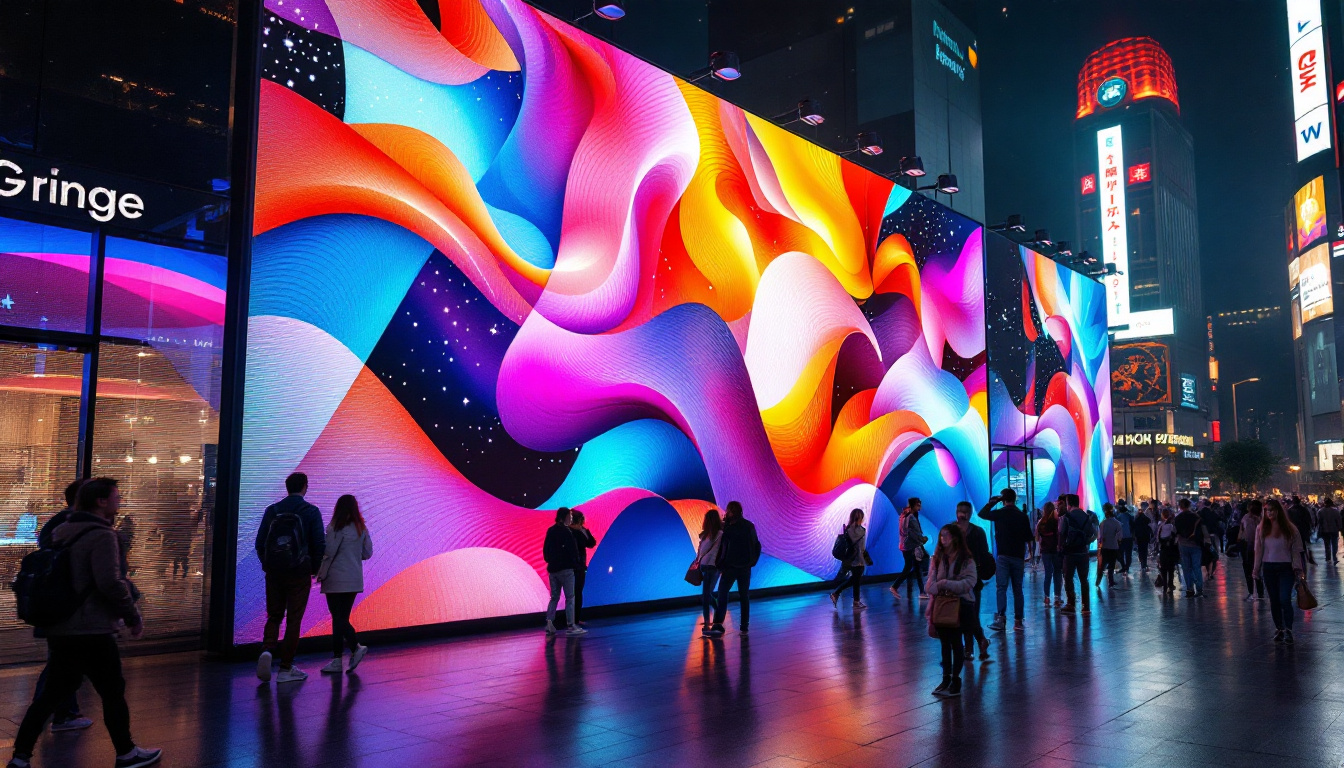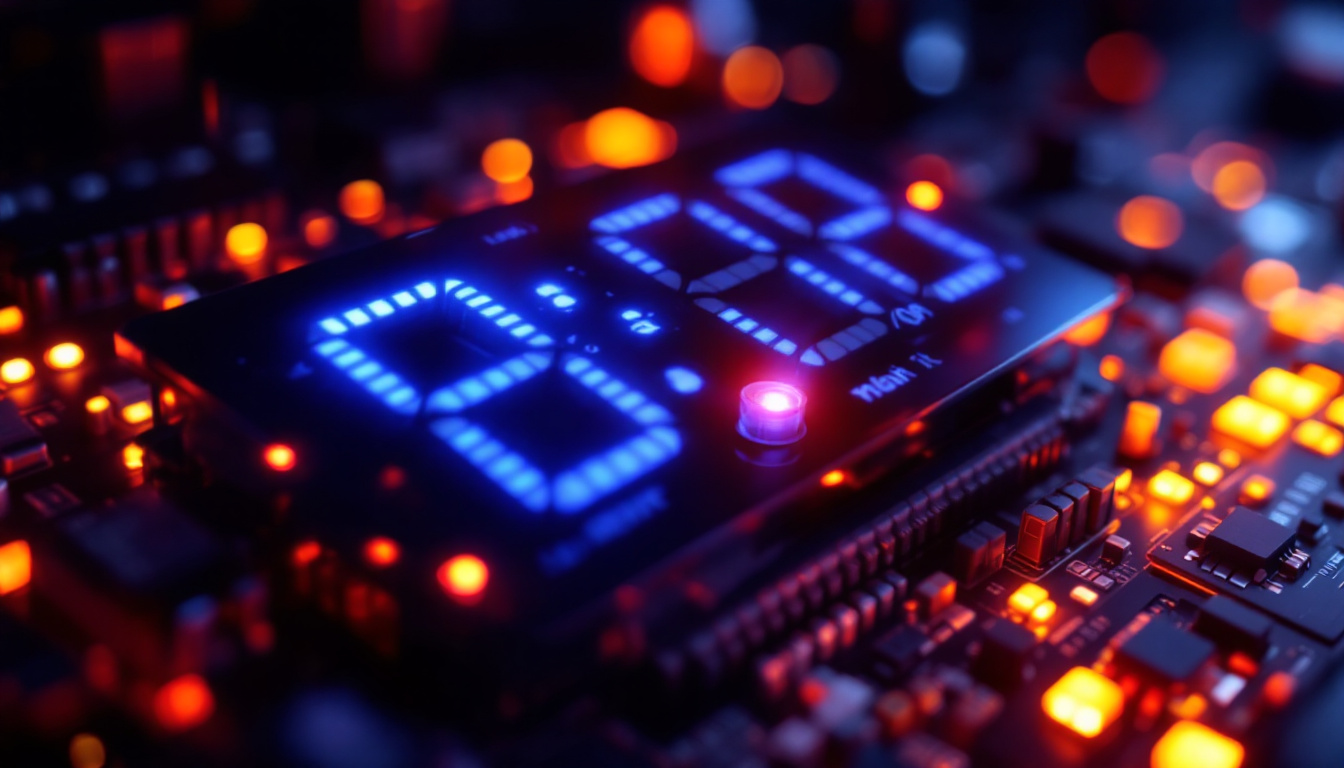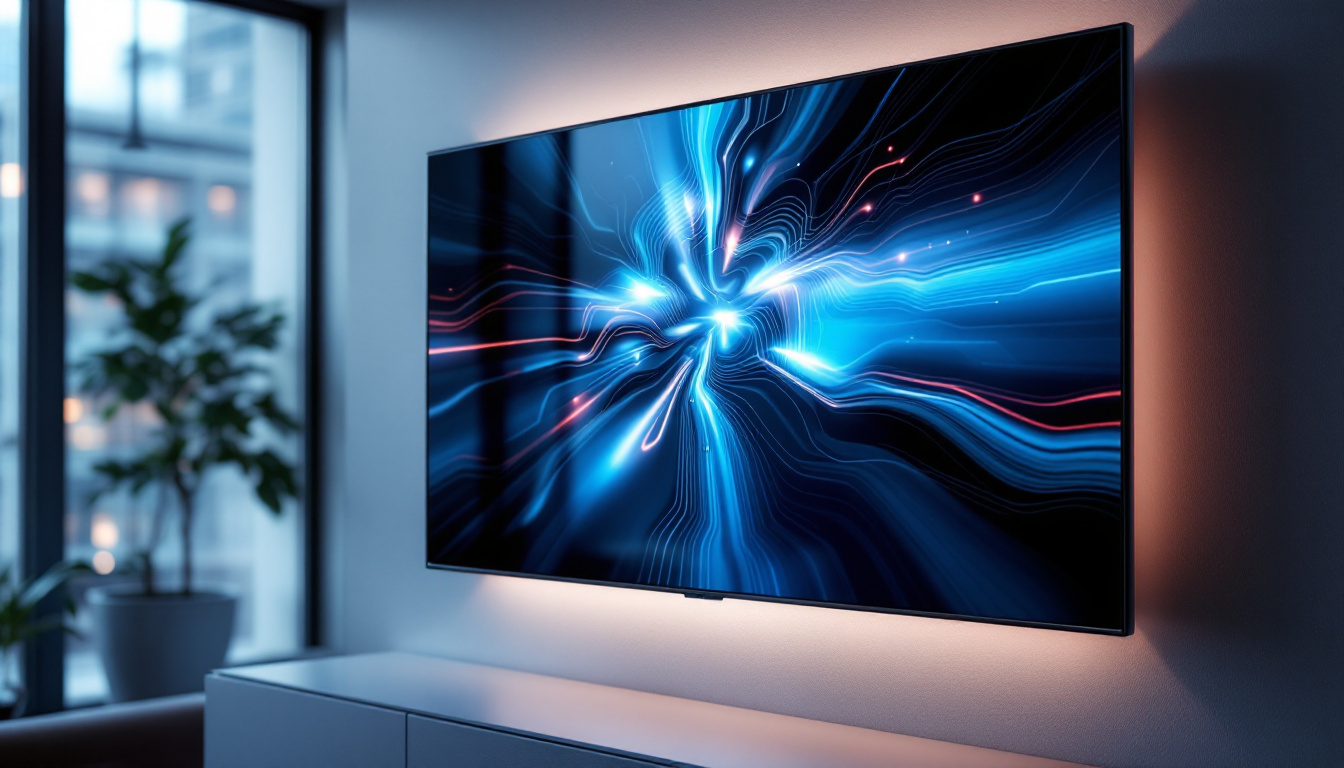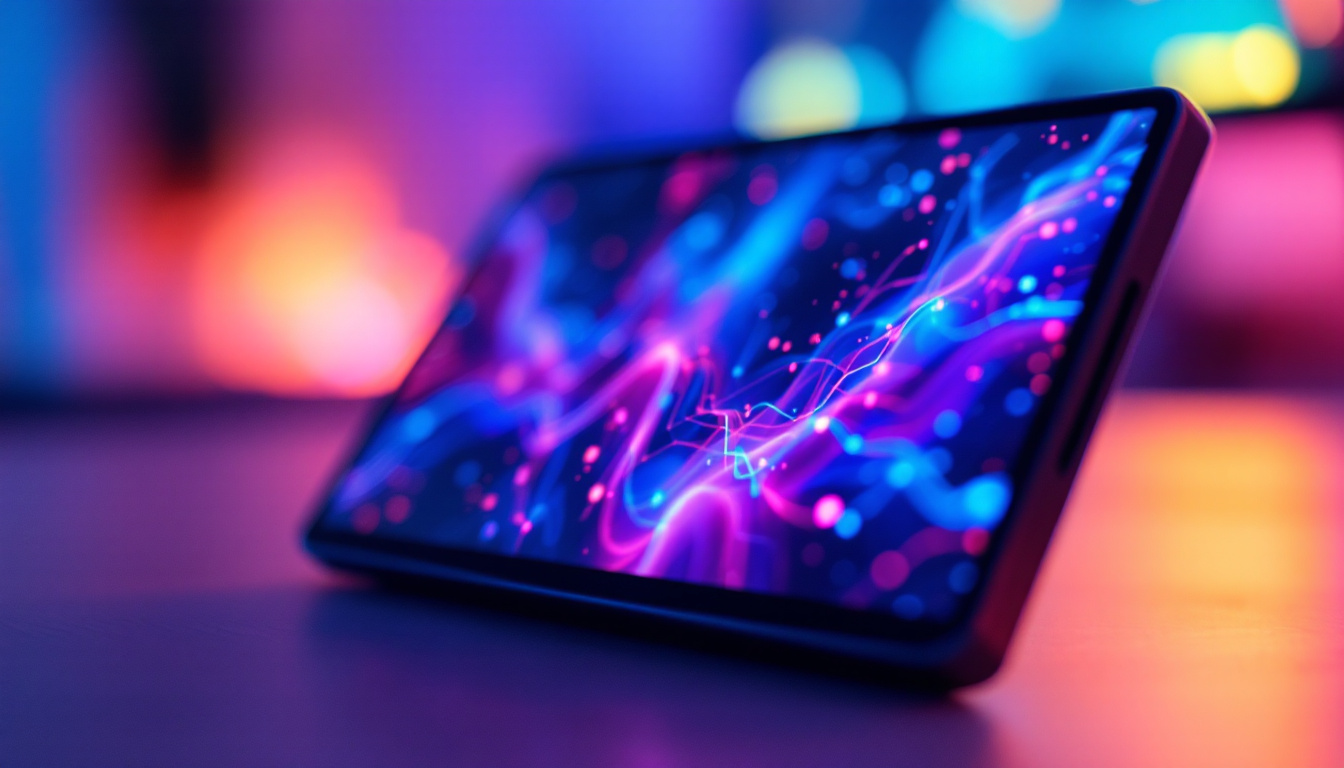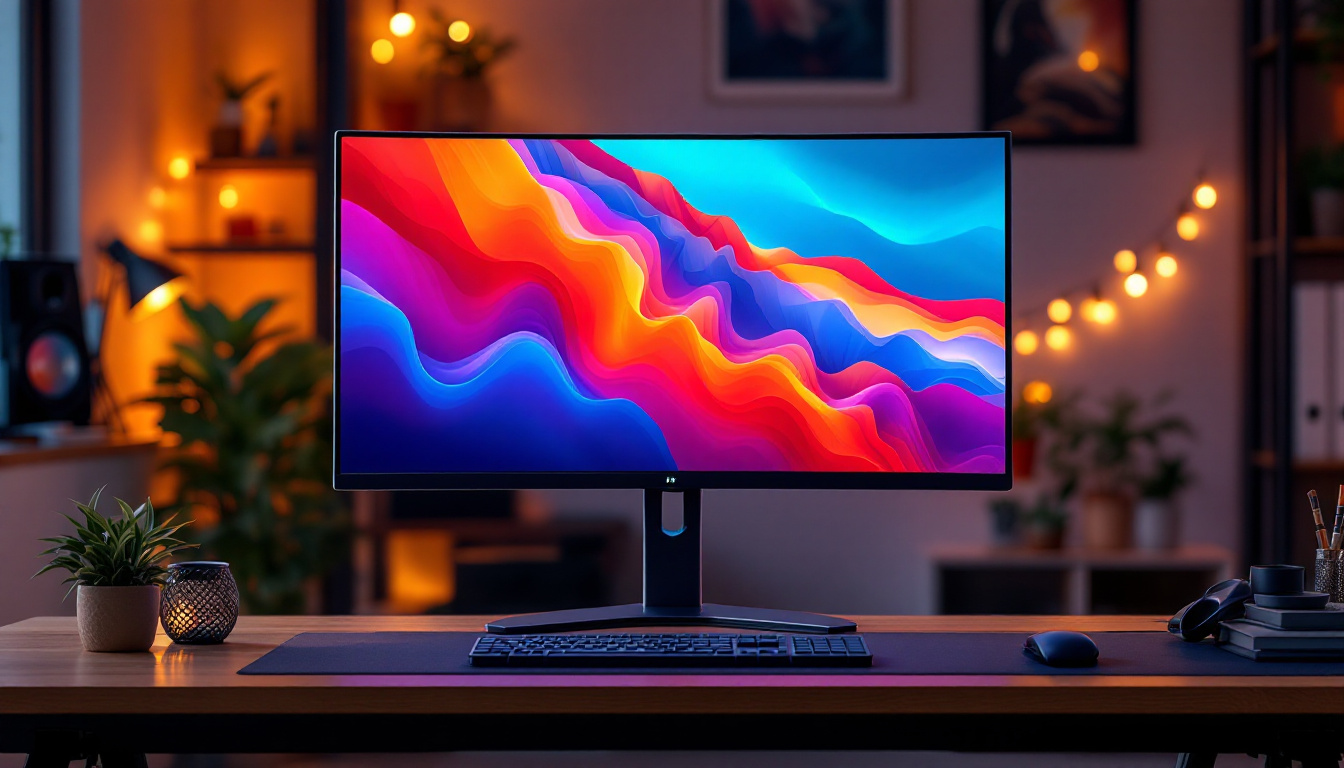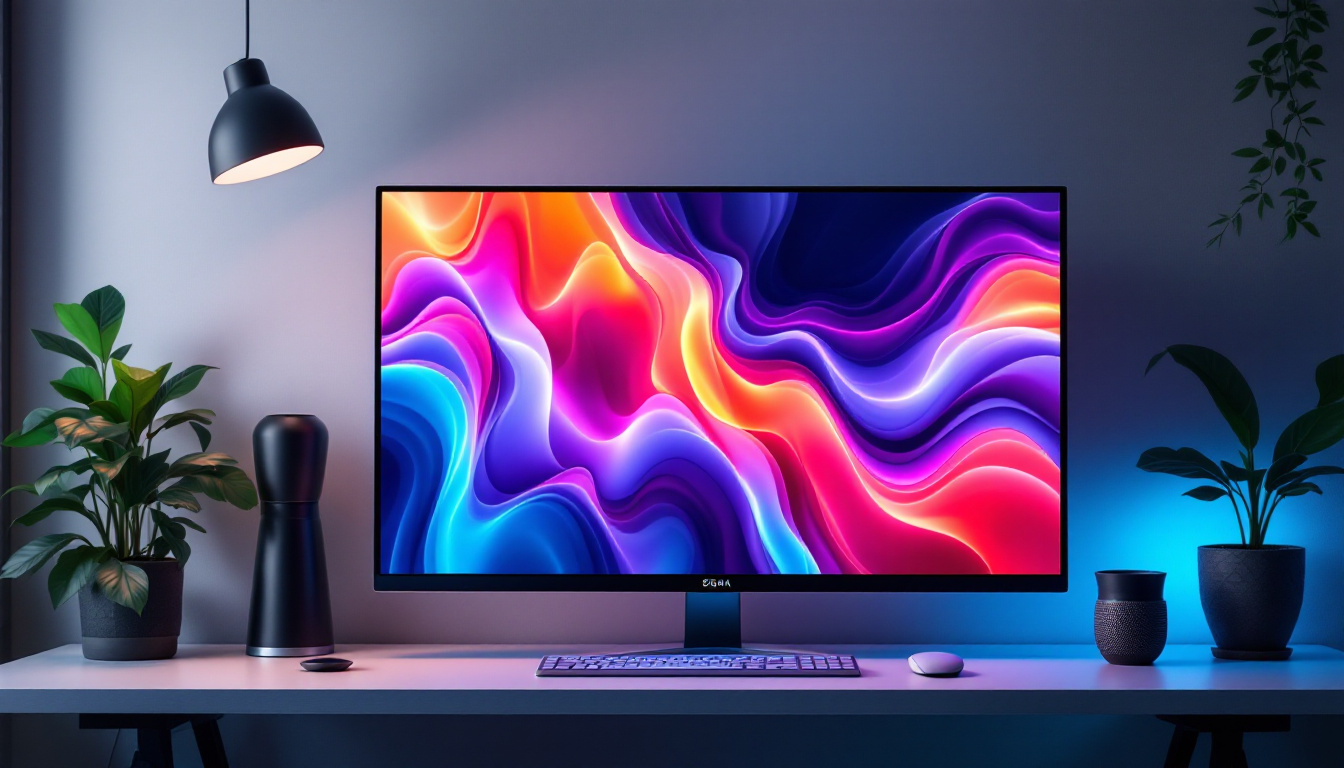The world of display technology is constantly evolving, and one of the most exciting advancements in recent years is the emergence of MicroLED panels. These innovative displays promise to revolutionize the way we experience visual content, offering unparalleled brightness, color accuracy, and flexibility. This article delves into the intricacies of MicroLED technology, its advantages, applications, and future prospects, providing a comprehensive understanding of this cutting-edge display solution.
What is MicroLED Technology?
MicroLED technology represents a significant leap forward in display innovation. At its core, MicroLED consists of tiny, self-emissive LEDs that are significantly smaller than traditional LEDs. Each MicroLED pixel can emit its own light, allowing for extraordinary contrast ratios and vibrant colors. This self-emissive nature of MicroLEDs eliminates the need for backlighting, which is a common requirement in LCD displays.
Structure and Composition
The structure of a MicroLED panel is composed of millions of microscopic LEDs that are arranged in a matrix. Each pixel is made up of red, green, and blue (RGB) sub-pixels, which combine to create a full spectrum of colors. This pixel-level control allows for precise color reproduction and brightness adjustments, resulting in images that are remarkably lifelike.
Moreover, the small size of MicroLEDs enables manufacturers to create ultra-high-resolution displays. For instance, a MicroLED panel can achieve resolutions that far exceed those of traditional LCD or OLED displays, making them ideal for applications requiring detailed imagery.
How MicroLED Differs from Other Technologies
MicroLED technology shares some similarities with OLED (Organic Light Emitting Diode) technology, but there are key differences that set them apart. While both technologies are self-emissive, MicroLEDs do not suffer from the burn-in issues that can affect OLED displays. This makes MicroLEDs a more durable option for long-term use.
Additionally, MicroLEDs offer superior brightness levels compared to OLEDs, which can struggle in brightly lit environments. This characteristic makes MicroLED panels particularly suitable for outdoor applications and environments with high ambient light.
Advantages of MicroLED Panels
MicroLED technology boasts several advantages that make it a compelling choice for various applications. From enhanced image quality to energy efficiency, these benefits contribute to the growing interest in MicroLED displays.
Exceptional Image Quality
One of the standout features of MicroLED panels is their exceptional image quality. The self-emissive nature of MicroLEDs allows for true blacks and vibrant colors, resulting in stunning visual experiences. The high contrast ratios ensure that images are sharp and detailed, making them ideal for everything from home theaters to professional displays.
Furthermore, MicroLED panels can achieve high dynamic range (HDR) capabilities, which enhance the depth and realism of images. This technology allows viewers to experience content as it was intended, with greater detail in both bright and dark areas of the image.
Energy Efficiency
Energy efficiency is another significant advantage of MicroLED technology. Since each pixel emits its own light, MicroLED panels can be more efficient than traditional LCD displays, which require a constant backlight. This efficiency translates into lower power consumption, making MicroLEDs an environmentally friendly option.
In addition to reducing energy costs, the lower power requirements also contribute to a longer lifespan for MicroLED displays. This longevity makes them a cost-effective investment over time, particularly for commercial applications where displays are used extensively.
Scalability and Flexibility
MicroLED technology offers remarkable scalability and flexibility, allowing for a wide range of display sizes and configurations. Manufacturers can create large-scale displays by seamlessly connecting multiple MicroLED panels, making them ideal for applications such as digital signage, sports arenas, and immersive environments.
This adaptability also extends to curved and irregularly shaped displays, which can enhance the viewer’s experience in unique ways. The ability to customize the size and shape of MicroLED panels opens up new possibilities for creative installations and architectural designs.
Applications of MicroLED Technology
The versatility of MicroLED technology lends itself to a variety of applications across different industries. From consumer electronics to commercial displays, MicroLEDs are making an impact in numerous sectors.
Consumer Electronics
In the realm of consumer electronics, MicroLED technology is poised to transform the television market. Major manufacturers are already developing MicroLED TVs that promise superior picture quality and enhanced viewing experiences. These TVs can deliver stunning visuals with deep blacks and vibrant colors, making them a desirable choice for home entertainment.
Additionally, MicroLED technology is being explored for use in smartphones and wearable devices. The compact nature of MicroLEDs allows for high-resolution displays in smaller form factors, making them suitable for next-generation mobile devices.
Commercial Displays
MicroLED panels are also gaining traction in the commercial display market. Their ability to create large, high-resolution screens makes them ideal for digital signage, trade shows, and advertising. Businesses can leverage the vibrant colors and sharp images of MicroLED displays to capture the attention of potential customers.
Furthermore, MicroLED technology is well-suited for control rooms and monitoring applications. The high brightness and contrast ratios ensure that critical information is easily visible, even in challenging lighting conditions.
Virtual and Augmented Reality
As virtual reality (VR) and augmented reality (AR) technologies continue to evolve, MicroLED displays are emerging as a key component in delivering immersive experiences. The high pixel density and fast response times of MicroLEDs can enhance the realism of VR and AR environments, making them more engaging for users.
Incorporating MicroLED technology into headsets and AR glasses can provide users with clearer visuals and improved comfort, ultimately driving the adoption of these technologies in various fields, including gaming, education, and training.
Challenges and Limitations
Despite the many advantages of MicroLED technology, there are still challenges and limitations that need to be addressed. Understanding these hurdles is crucial for both manufacturers and consumers as the technology continues to develop.
Manufacturing Complexity
One of the primary challenges facing MicroLED technology is the complexity of the manufacturing process. Producing MicroLED panels requires precise alignment of millions of tiny LEDs, which can be a labor-intensive and costly endeavor. This complexity can lead to higher production costs, which may impact the retail price of MicroLED displays.
As manufacturers work to streamline the production process and improve yield rates, it is expected that the cost of MicroLED technology will gradually decrease, making it more accessible to consumers and businesses alike.
Market Competition
The display technology market is highly competitive, with established technologies like OLED and LCD still dominating the landscape. MicroLED must prove its superiority in terms of performance, cost, and availability to gain a foothold in the market.
To successfully compete, manufacturers will need to educate consumers about the benefits of MicroLED technology while also addressing any concerns related to pricing and availability. Building a strong brand presence and partnerships with retailers will also be essential for market penetration.
Consumer Awareness
Another challenge lies in consumer awareness and understanding of MicroLED technology. While enthusiasts and industry professionals may be well-versed in the advantages of MicroLED, the average consumer may not be familiar with the technology.
Effective marketing strategies that highlight the unique features and benefits of MicroLED displays will be crucial in driving consumer interest and adoption. As awareness grows, it is likely that demand for MicroLED technology will increase, further fueling its development and availability.
The Future of MicroLED Technology
The future of MicroLED technology appears promising, with ongoing advancements poised to enhance its capabilities and applications. As research and development continue, several trends and innovations are expected to shape the future landscape of MicroLED displays.
Advancements in Manufacturing Techniques
As manufacturers invest in research to improve production processes, advancements in manufacturing techniques are anticipated. Innovations such as automated assembly and improved material selection could lead to more efficient production, reducing costs and increasing yield rates.
These advancements will not only make MicroLED displays more affordable but also pave the way for larger and more complex installations, expanding the potential applications of this technology.
Integration with Smart Technologies
The integration of MicroLED technology with smart technologies is another exciting prospect for the future. As the Internet of Things (IoT) continues to grow, MicroLED displays can be incorporated into smart homes and connected environments.
Imagine a home where MicroLED panels seamlessly integrate with smart lighting, security systems, and entertainment devices, creating a cohesive and interactive experience. This level of integration could redefine how consumers interact with their environments and consume content.
Potential for Wearable Devices
The potential for MicroLED technology in wearable devices is vast. As the demand for compact, high-resolution displays in wearables increases, MicroLEDs could play a crucial role in the development of next-generation smartwatches, fitness trackers, and augmented reality glasses.
With their small size and energy efficiency, MicroLEDs can enhance the functionality and aesthetics of wearable devices, making them more appealing to consumers. This trend could drive innovation in the wearables market, leading to exciting new products and applications.
Conclusion
MicroLED technology is at the forefront of display innovation, offering a compelling alternative to traditional display technologies. With its exceptional image quality, energy efficiency, and versatility, MicroLED panels are poised to make a significant impact across various industries.
While challenges remain in terms of manufacturing complexity and market competition, ongoing advancements and increased consumer awareness are likely to drive the adoption of MicroLED technology in the coming years. As the technology continues to evolve, it holds the potential to reshape the way we experience visual content, creating immersive and engaging environments for users worldwide.
In summary, MicroLED panels represent a transformative leap in display technology, and their future looks bright as they continue to develop and gain traction in the market.
Discover the Future of Visual Experience with LumenMatrix
Ready to elevate your visual content with the latest in display technology? LumenMatrix, a pioneer in LED display innovation, invites you to explore our comprehensive range of LED display solutions. From captivating Indoor and Outdoor LED Wall Displays to dynamic Vehicle and Sports Displays, our products are designed to transform any space into a vibrant canvas for communication. Experience the future of digital signage with our All-in-One LED Displays, LED Transparent Displays, and more. Check out LumenMatrix LED Display Solutions today and join the revolution in visual storytelling.

